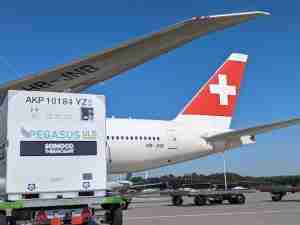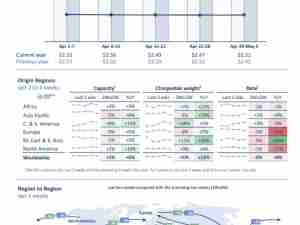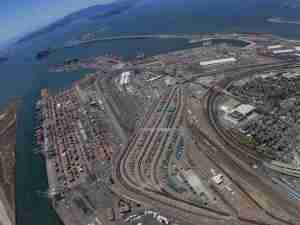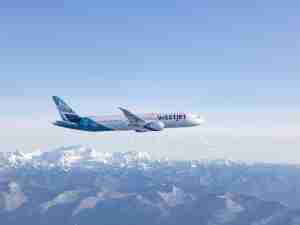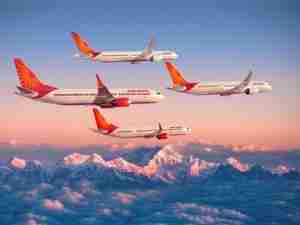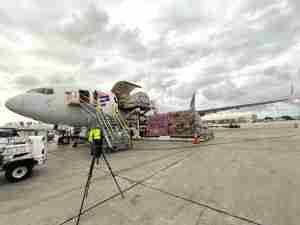Boeing Co. took the first step toward returning its grounded 737 Max 9 jetliners to service, issuing guidance to airlines on the inspections required following a mid-air structural failure late last week.
The so-called multi-operator message gives detailed instructions on the steps to be taken before lifting a Federal Aviation Administration grounding order imposed in the wake of the Jan. 5 mishap on an Alaska Airlines flight.
“Boeing 737-9 aircraft will remain grounded until operators complete enhanced inspections which include both left and right cabin door exit plugs, door components, and fasteners,” the FAA said in a statement. “Operators must also complete corrective action requirements based on findings from the inspections prior to bringing any aircraft back into service.”
The go-ahead to inspect the planes marks concrete progress for Boeing after the accident slowed Chief Executive Officer Dave Calhoun’s effort to overcome a series of quality issues on the 737 Max. The FAA had caused some initial confusion over the process for returning the 171 Max 9 jets to service after inspections, JPMorgan analyst Seth Seifman said in a Jan. 7 note to clients.

“A key question is how regulators address the incident, and while the FAA’s initial requirement for a 4-8 hour inspection did not seem like a major impediment to a return to service, the path back has become less clear since then,” he wrote.
Boeing shares fell 7% as of 12:16 p.m. in New York after an earlier decline of as much as 9.3%. Supplier Spirit AeroSystems Holdings Inc. lost 7.9% after sliding as much as 16%.
Alaska Air Group Inc. and United Airlines Holdings Inc., the two biggest operators of the Max 9 variant, had said earlier that they were waiting for guidance for the checks.
The airlines had taken all their Max 9 aircraft offline after the Jan. 5 accident, and undertook preliminary steps such as removing interior panels to ready the planes for inspections. The carriers have grounded hundreds of flights while awaiting clearance to bring the planes back.
The mishap occurred when a door-shaped panel ripped out as Alaska Airlines Flight 1282 climbed out of Portland, Oregon. The aircraft reached an altitude of about 16,000 feet before turning around and landing back in Portland about 20 minutes after takeoff. No one was seriously injured, an outcome National Transportation Safety Board chair Jennifer Homendy said was pure luck.
As Boeing contends with the latest blow to the reputation of its marquee Max family, Calhoun canceled an annual executive retreat that was to have begun on Monday. Boeing leaders urged employees to tune in to an all-hands safety meeting to be webcast on Tuesday from the Renton factory where the 737 jets are built.
Stan Deal, Boeing’s commercial airplanes chief, and Mike Delaney, the company’s chief safety officer, urged staff to ask “ourselves what we can do individually and collectively to make safety and first-time quality the priority in all aspects of our business.”
The two executives sent employees a message confirming that the multi-operator message had been shared with airlines. They noted that the assembly of the door plug that’s being inspected is not found on other jets in the 737 Max family.
The latest incident, coming after a series of manufacturing and quality lapses at Boeing, erodes the nascent confidence that has been building around the company’s workhorse single-aisle jet, Bank of America analyst Ron Epstein said.
“In our view, Boeing needs to tread carefully and cautiously through this potential reputational minefield,” he said in a note to clients on Sunday. “Some scrutiny must be saved for regulators as well, as the FAA is ultimately responsible for certificating these aircraft before delivery.”
